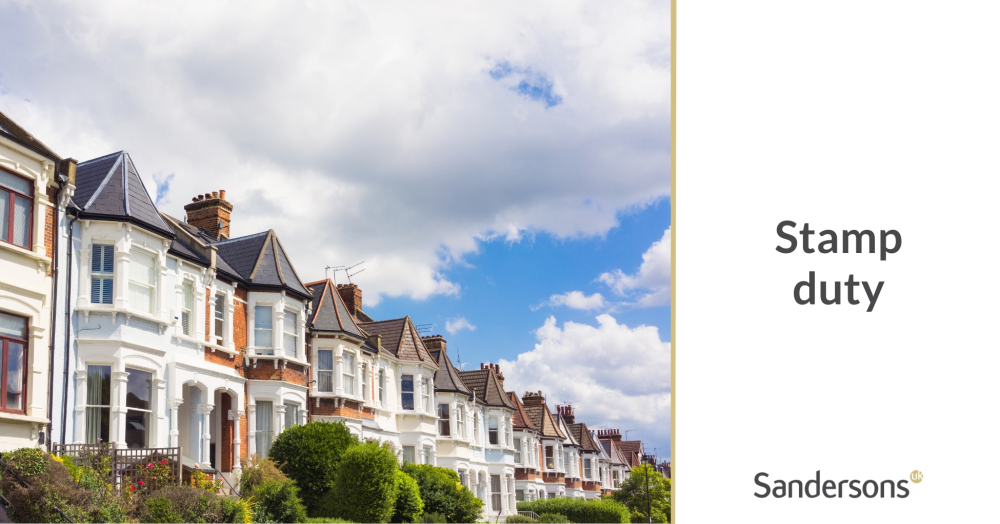Stamp duty rates are due to revert to their original rates in 2025. This will have significant cost implications for buyers, especially those buying their first home. We spoke to a local solicitor to get their opinion on how this will affect the property market.
Buying your next home
The current stamp duty rates are due to revert to their original rates effective 1st April 2025. Currently, the nil rate banding is for a transaction valued up to £250,000. It is intended that the lower rate banding will decrease from £250,000 to £125,000, reintroducing a 2% stamp duty liability for a transaction valued over £125,000. This will mean stamp duty is incurred at a much lower rate. To put this into perspective, if a transaction is valued at £250,000 after the 1 April 2025, the Stamp Duty liability will be £2,500.00, as opposed to nil, before the this date.
Buying your first home
It is intended that the thresholds for first time buyers (FTB’s) will also change in two ways. Currently, FTB’s have the benefit of a nil rate threshold up to £425,000 which is due to decrease to £300,000 from 1st April 2025. The decrease of £125,000 means that FTB’s will need to find an additional £6,250.00 for the equivalent property. This is because a transaction at this value will place FTB’s within the 5% stamp duty banding. Moreover, the maximum purchase price for which FTB’s relief can be claimed is intended to decrease from £625,000 to £500,000.
Nathan Dady, Associate Solicitor at Girlings said…
“Albeit the intention was always that the current stamp duty rates are temporary, they did seem to fit with the rising property prices. Reverting to the original thresholds and rates will add to the cost of purchasing property particularly for property priced within the lower banding. Hopefully, the changes to SDLT will be offset by expected and welcome decreases in the Bank of England base rate. Relatively high mortgage rates have subdued the housing market of late and the twin effects of high interest rates and higher SDLT charges would make getting on the property ladder that bit more difficult.”
See some examples below showing the stamp duty rates before and after 1st April 2025...
The Kingsbridge Apartments, Canterbury
A two bedroom city centre apartment with a guide price of £280,000 - £290,000. If the property sold for £290,000 there would currently be £2,000 in stamp duty to pay, but this increases to £4,500 after 1st April 2025. First time buyers would still benefit from paying no stamp duty.
Swan Lane, Sellindge
A charming two bedroom period property for sale at £350,000. First time buyers currently benefit from paying no stamp duty, but once the rates change they would be required to pay £2,500.
Kent Lane, Shepton Mallet
A two bedroom cottage available for sale with our Somerset office with a guide price of £200,000 - £215,000. If the property sold for £215,000, currently there would be no stamp duty to pay, but if it is purchased after 1 April 2025 stamp duty will be £1,800. First time buyers would still benefit from paying no stamp duty.






